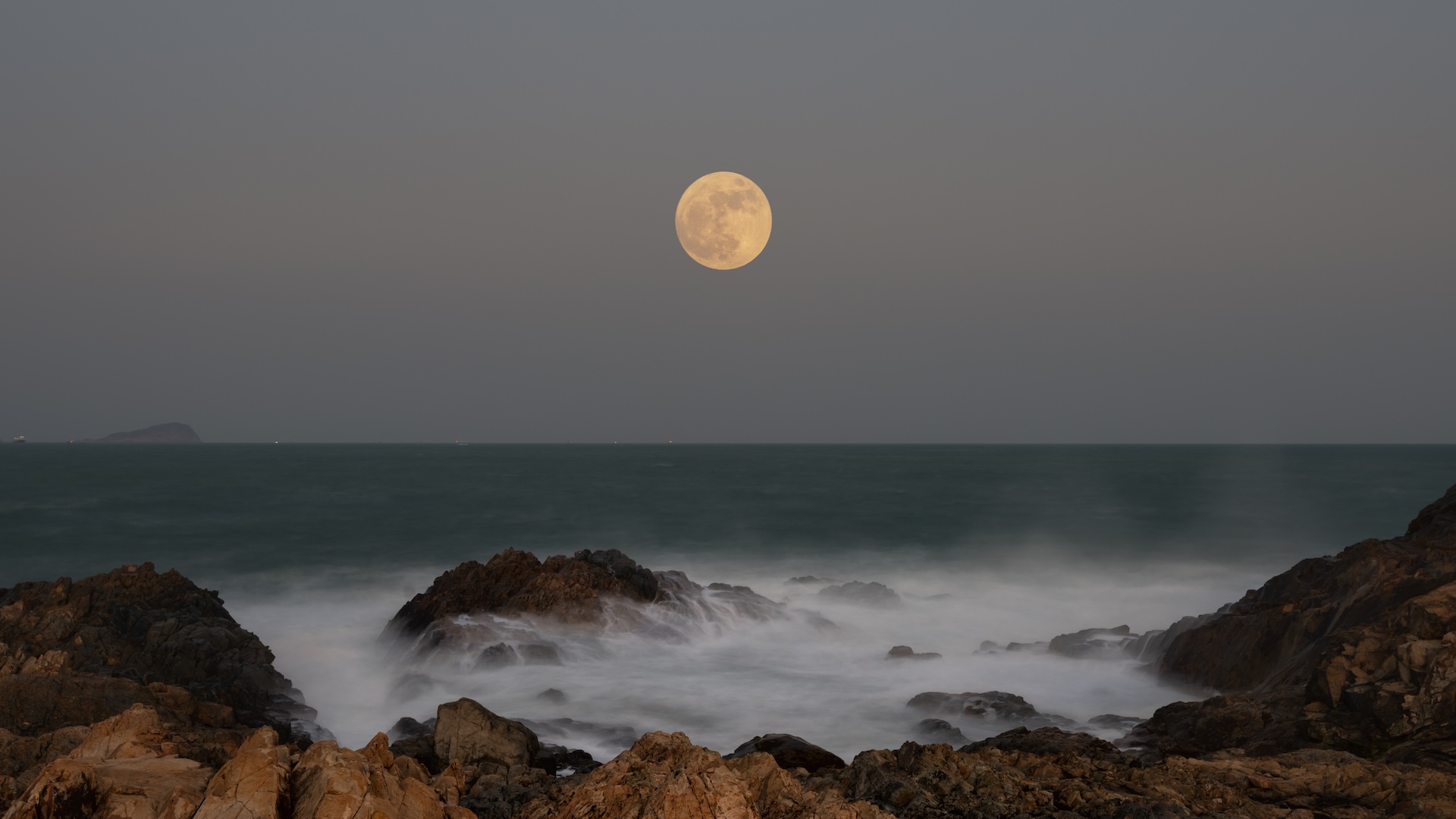In Photos: Mountain Blasted for New Giant Telescope
Building Connections with EVALSO
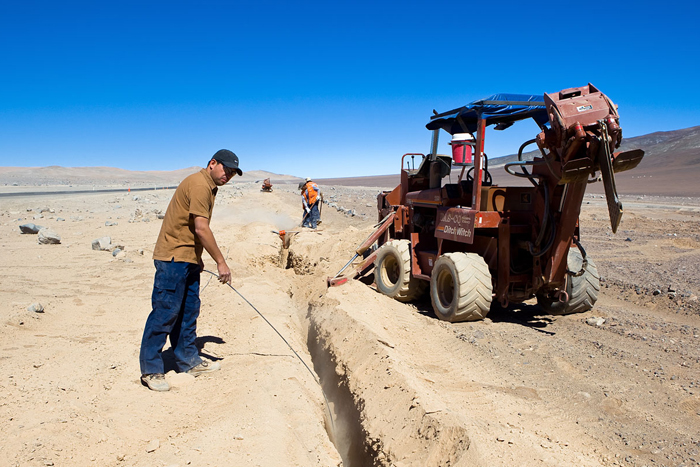
Here, a crew works to lay a fiber data cable in the Chilean Atacama Desert that will connect the observatories at Paranal (Very Large Telescope) and Cerro Armazones, the site chosen for ESO's European Extremely Large Telescope. The cable is part of a project called EVALSO (Enabling Virtual Access to Latin-American Southern Observatories), whose goal is to create a high-speed data infrastructure between the two observatories and the rest of the scientific community.
Stars circle over Cerro Armazones
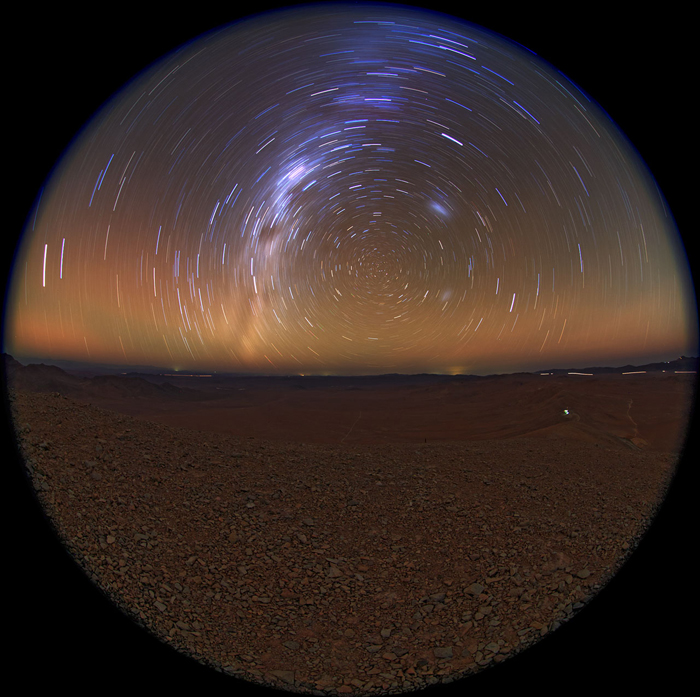
An ESO photo ambassador Babak Tafreshi captured the star trail in a single shot fish-eye exposure of just under an hour from Cerror Armazones, where the European Extremely Large Telescope will be located. The image was released on March 30, 2014.
Star trails at Cerro Armazones
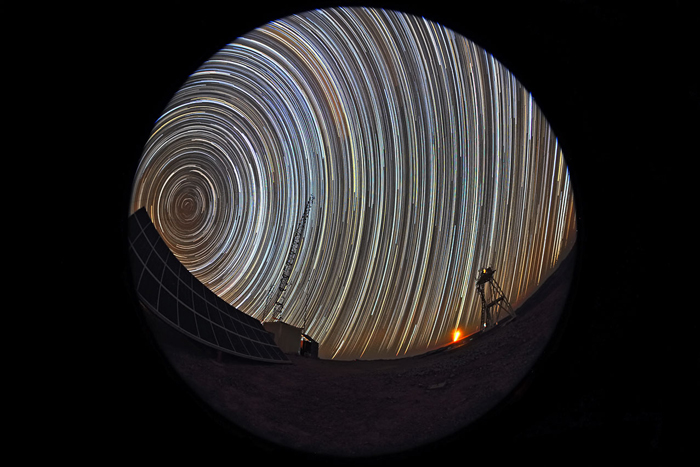
This long-exposure photo, released on March 17, 2012, shows the motion of the stars in the night sky above Cerro Armazones, future home of the European Extremely Large Telescope. The photographer used a fish-eye lens to produce the image's round effect.
Cerro Armazones at sunset
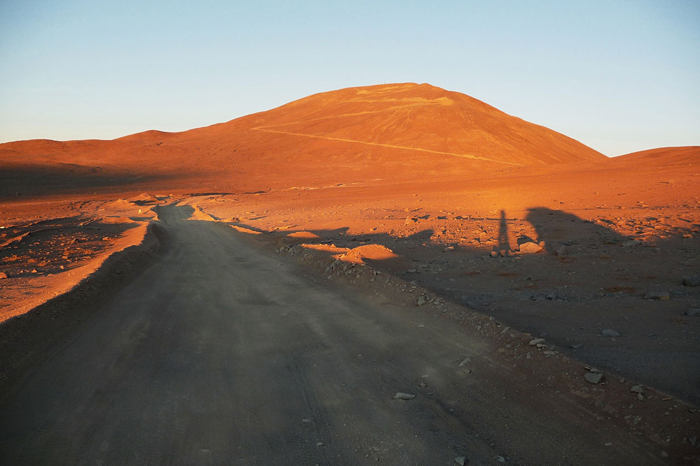
The ESO studied several potential sites for the European Extremely Large Telescope (E-ELT), landing on Chile's Cerro Armazones. In addition to looking at night-sky quality, the team looked for general scientific aspects of the site and factors essential for construction and operations, such as accessibility, water and power supply, and political stability. Here, Cerro Armazones at sunset seen in this image released on March 29, 2010.
Star trails over Armazones
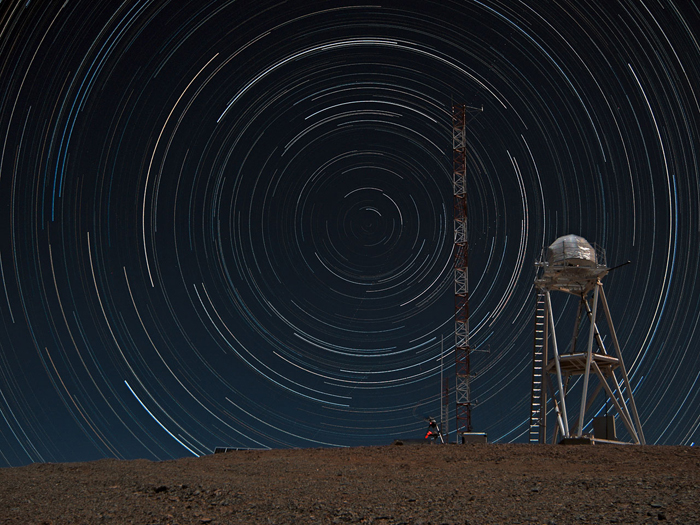
This multiple-exposure image was taken from the top of Cerro Armazones. The night sky can be seen as it rotates around the southern celestial pole (near the center of the image), and due to the rotation of Earth the stars create trails when multiple exposures are combined. (The Differential Image Motion Monitor is seen on the right, and the meteorological station, a white-and-red tower, is on the left.)
Get the world’s most fascinating discoveries delivered straight to your inbox.



